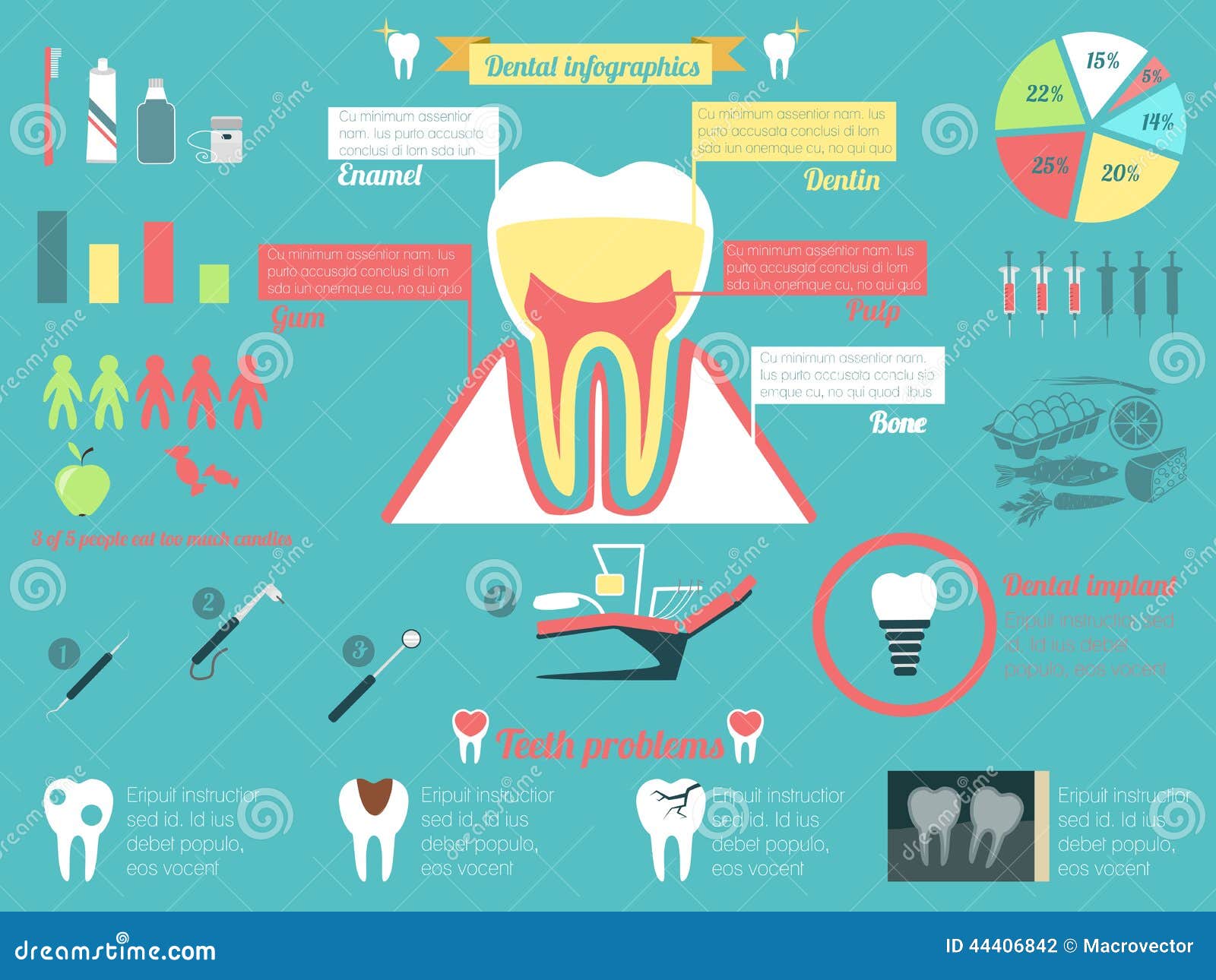The Advancement Of Oral Surgery: Arising Advancements And Growths Changing The Self-Control
The Advancement Of Oral Surgery: Arising Advancements And Growths Changing The Self-Control
Blog Article
Staff Author-Johannsen Terrell
Invite to the world of dental surgery, where innovations and developments are forming the future of the area! In this interesting world, you'll witness the transformative power of robotics, the sophisticated marvel of 3D printing, and the game-changing effect of minimally invasive strategies.
The future of dental surgery holds a promise of precision, effectiveness, and boosted person outcomes. With the help of sophisticated robotics, surgeons are able to execute complicated treatments with greater precision and control.
3D printing technology is transforming the creation of dental implants and prosthetics, using personalized options that fit perfectly right into each patient's unique makeup.
Additionally, minimally invasive methods are minimizing post-operative discomfort and recuperation time, permitting people to return to their daily lives faster.
Get which dentist does implants to check out the interesting innovations and developments that are improving the landscape of oral surgery!
Developments in Robotics
One significant development in oral surgery is using robotic innovation, which allows for precise and reliable procedures. With the help of robot systems, oral specialists have the capacity to carry out intricate surgical procedures with enhanced precision, reducing the threat of human mistake.
These robot systems are furnished with sophisticated imaging technology and accurate tools that allow cosmetic surgeons to browse via detailed anatomical frameworks easily. By utilizing robotic innovation, doctors can attain higher medical accuracy, leading to enhanced person end results and faster recovery times.
Furthermore, making use of robotics in oral surgery allows for minimally invasive treatments, minimizing the injury to surrounding cells and promoting faster healing.
3D Printing in Dental Surgery
To improve the area of dental surgery, you can check out the subtopic of 3D printing in oral surgery. This ingenious technology has the possible to revolutionize the way oral doctors operate and treat patients. https://www.marketwatch.com/story/align-tech-stock-surges-30-to-lead-s-p-500-as-invisalign-sales-return-to-growth-11675365781 are four crucial ways in which 3D printing is shaping the area:
- ** Personalized Surgical Guides **: 3D printing allows for the development of highly exact and patient-specific medical guides, boosting the accuracy and performance of procedures.
- ** Implant Prosthetics **: With 3D printing, oral cosmetic surgeons can create personalized dental implant prosthetics that completely fit a patient's special anatomy, leading to far better end results and patient fulfillment.
- ** Bone Grafting **: 3D printing allows the manufacturing of patient-specific bone grafts, minimizing the demand for conventional implanting techniques and enhancing recovery and healing time.
- ** https://annapolisoralsurgery39506.blogrelation.com/38926510/discover-the-substantial-ways-in-which-dental-cosmetic-surgeons-are-changing-lives-by-means-of-facial-restoration-in-this-engaging-analysis-of-maxillofacial-surgery and Educating **: 3D printing can be made use of to create practical medical designs for educational functions, enabling dental doctors to exercise intricate treatments prior to doing them on patients.
With its potential to enhance accuracy, customization, and training, 3D printing is an amazing advancement in the field of oral surgery.
Minimally Intrusive Strategies
To better progress the area of dental surgery, welcome the potential of minimally invasive methods that can significantly profit both surgeons and people alike.
Minimally intrusive techniques are transforming the area by minimizing medical trauma, lessening post-operative discomfort, and speeding up the healing procedure. These techniques involve utilizing smaller lacerations and specialized instruments to do treatments with accuracy and performance.
By using innovative imaging modern technology, such as cone beam calculated tomography (CBCT), doctors can properly intend and implement surgical treatments with marginal invasiveness.
In addition, making use of lasers in dental surgery enables specific cells cutting and coagulation, leading to lessened bleeding and minimized recovery time.
With minimally invasive methods, patients can experience quicker recuperation, decreased scarring, and improved outcomes, making it a vital facet of the future of oral surgery.
Verdict
So, as you can see, the future of dental surgery is unbelievably encouraging, with interesting advancements and advancements shaping the field.
From the developments in robotics to the use of 3D printing and minimally intrusive methods, dental specialists are revolutionizing the means they give treatment.
While some might stress over the possible cost connected with these innovations, it is very important to keep in mind that these innovations inevitably boost individual outcomes and lower recuperation time, making them well worth the financial investment in the future.
